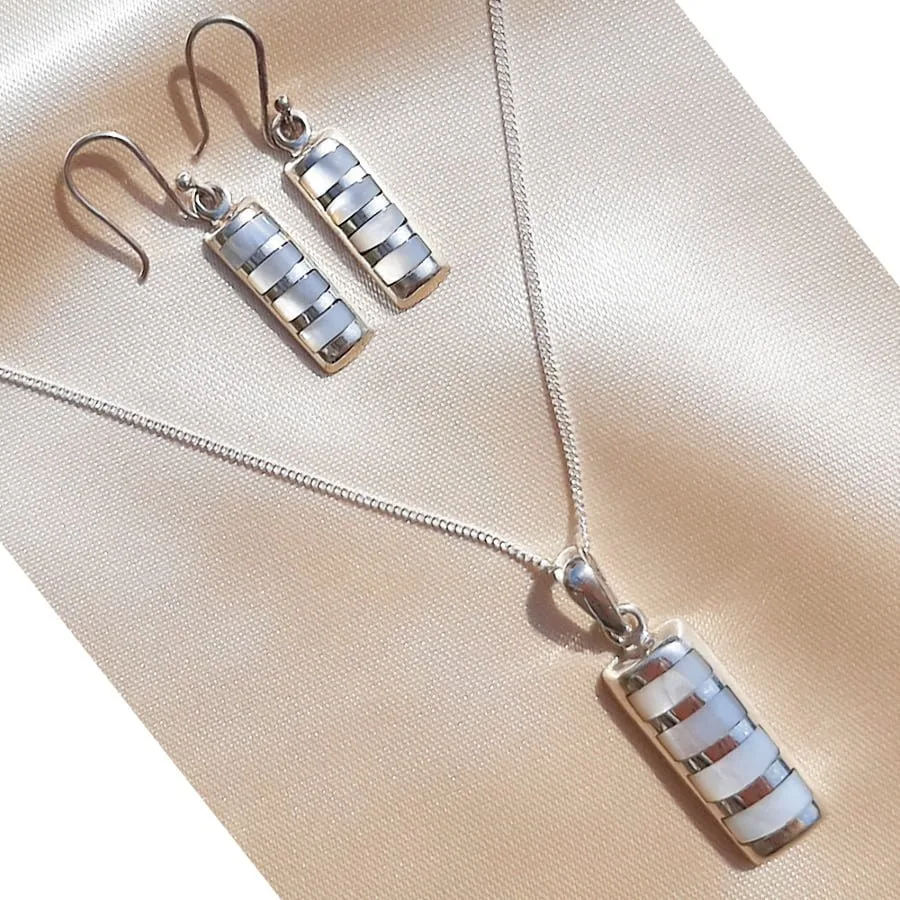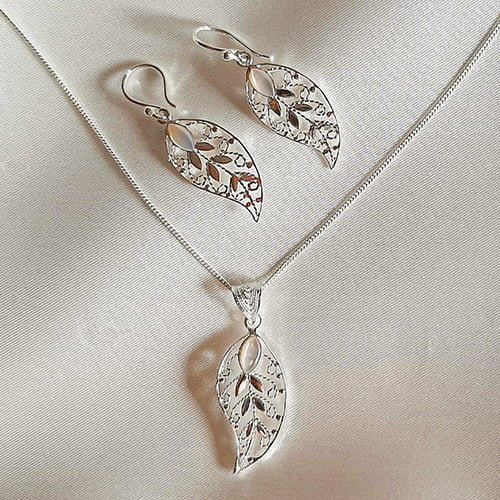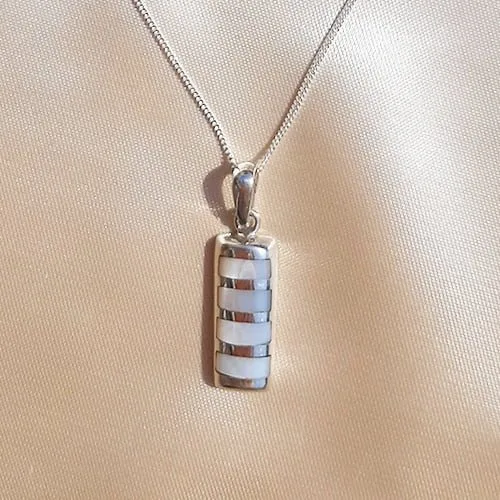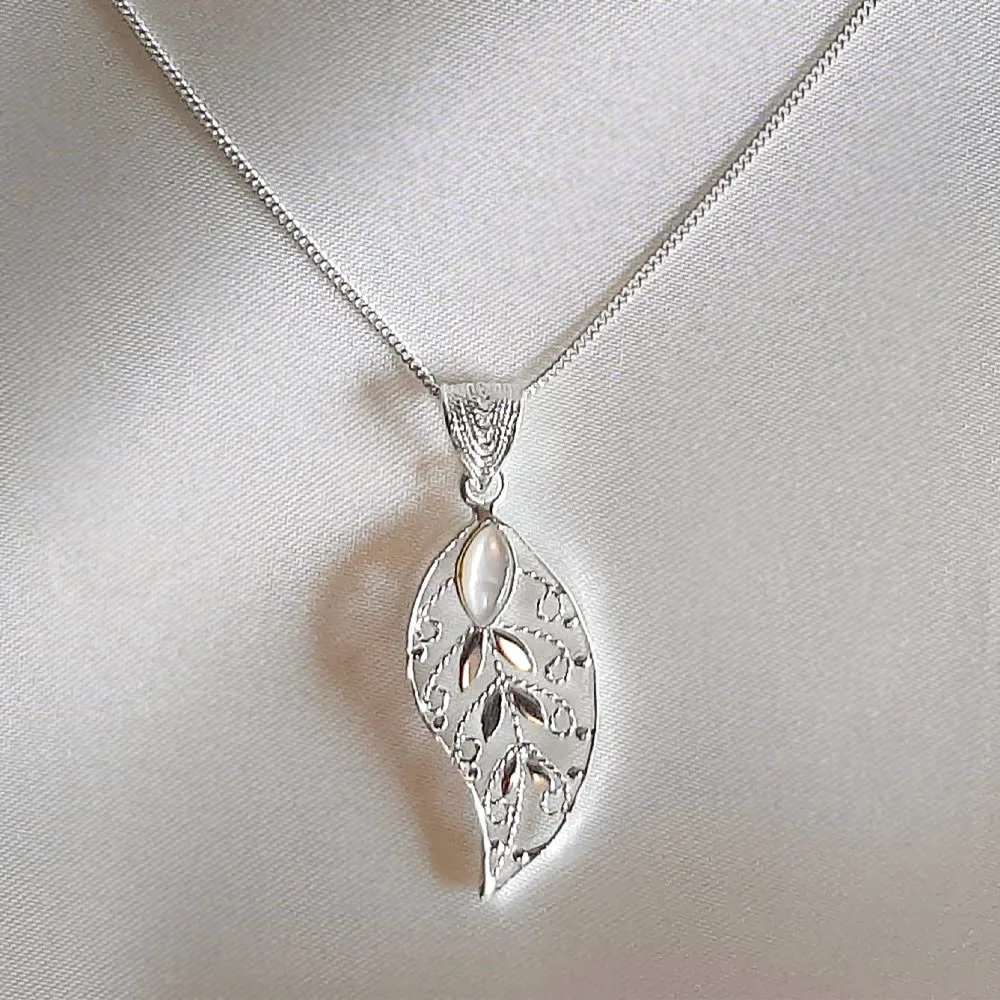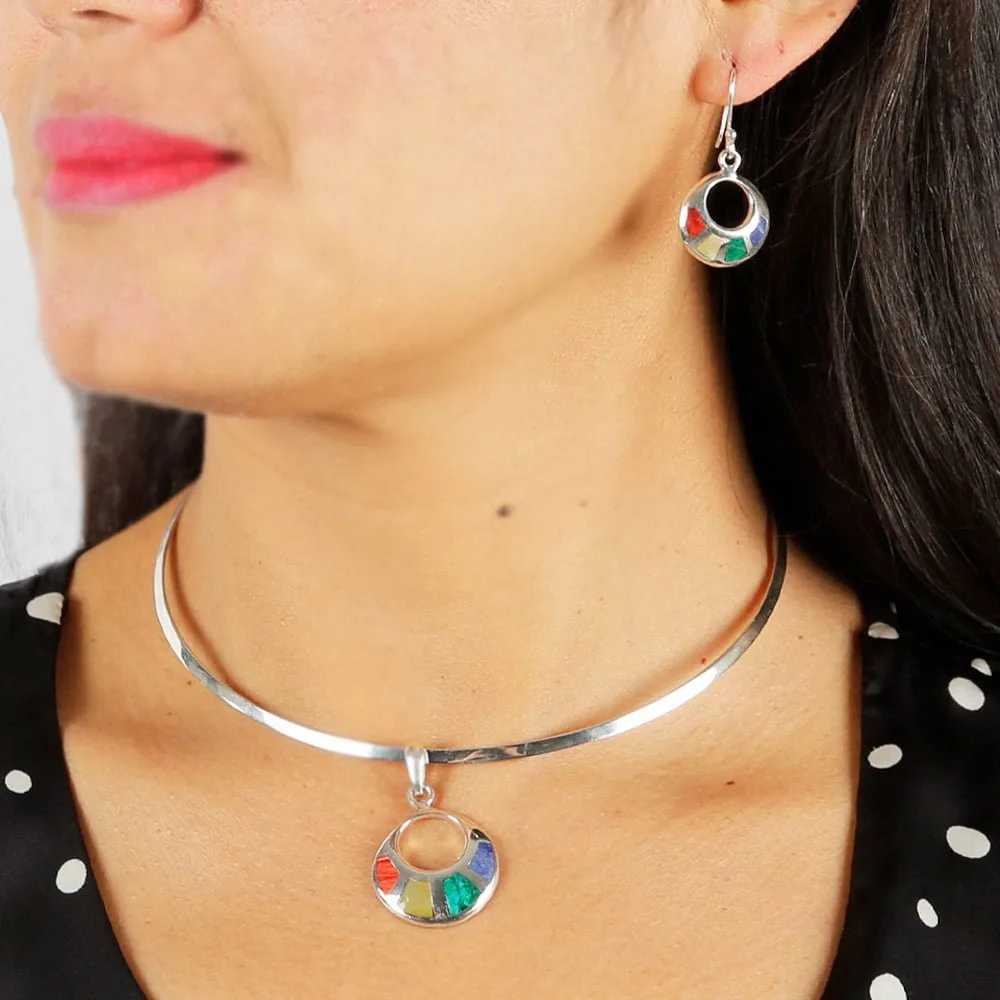
Pendant
Showing 85–95 of 95 resultsSorted by popularity
Chakana Wiphala Turquoise Chrysocolla Set of pendant and earrings
The Wiphala is the flag of the Andean peoples, originating from the Aymara language. It symbolizes indigenous wisdom, embodying the principles of universal order (Pachakama) and the cosmic mother (Pachamama). Its design features the sun and day above and the moon and night below.
Set doesn’t include chain or necklace.
Tumi Inka Sodalite Set of pendant and earrings
The Lambayeque people of 750 AD were skilled in metallurgy and goldsmithing, creating the “Tumi,” a ceremonial dagger for sacrifices to God Naylamp. It symbolized divine power, hierarchy, prestige, and lineage, exclusively held by the nobility.
Kipu Mother Pearl Set of Pendant and Earrings
The Quipu, or khipu, was used by the Incas and Andean cultures to record and convey information. This ingenious device, without a written language, utilized colors, strings, and knots at different heights to record various data, including dates, statistics, accounts, and even abstract folk stories and poetry.
Glowing Rose Set of pendant and earrings
Roses can be an amazing way to say everything from “I love you” to “I value your friendship”, to “congratulations”.
- Set does not include chain or necklace
Daisy Flower & Lapis lazuli Filigree Set of pendant and earrings
The daisy symbolizes motherhood, childbirth, and love. Lapis lazuli is a spiritual stone associated with truth, friendship, and harmony in relationships. It enhances awareness and judgment, deepening connections.
Hope Leaf & Nacre (Filigree) Set of pendant and earrings
Leaves mean many things in different cultures, but the most common symbolism they are used for are related to fertility, hope, abundance, growth, peace, victory, death, and rebirth. With mother pearl stone.
Kipu Mother Pearl Pendant
The Quipu, or khipu, was used by the Incas and Andean cultures to record and convey information. This ingenious device, without a written language, utilized colors, strings, and knots at different heights to record various data, including dates, statistics, accounts, and even abstract folk stories and poetry.








